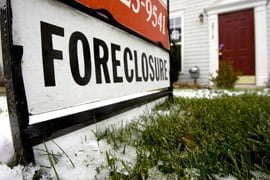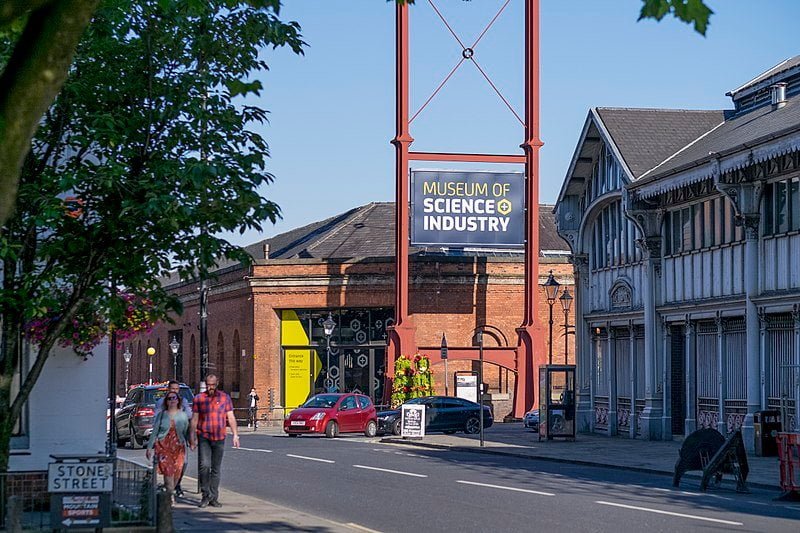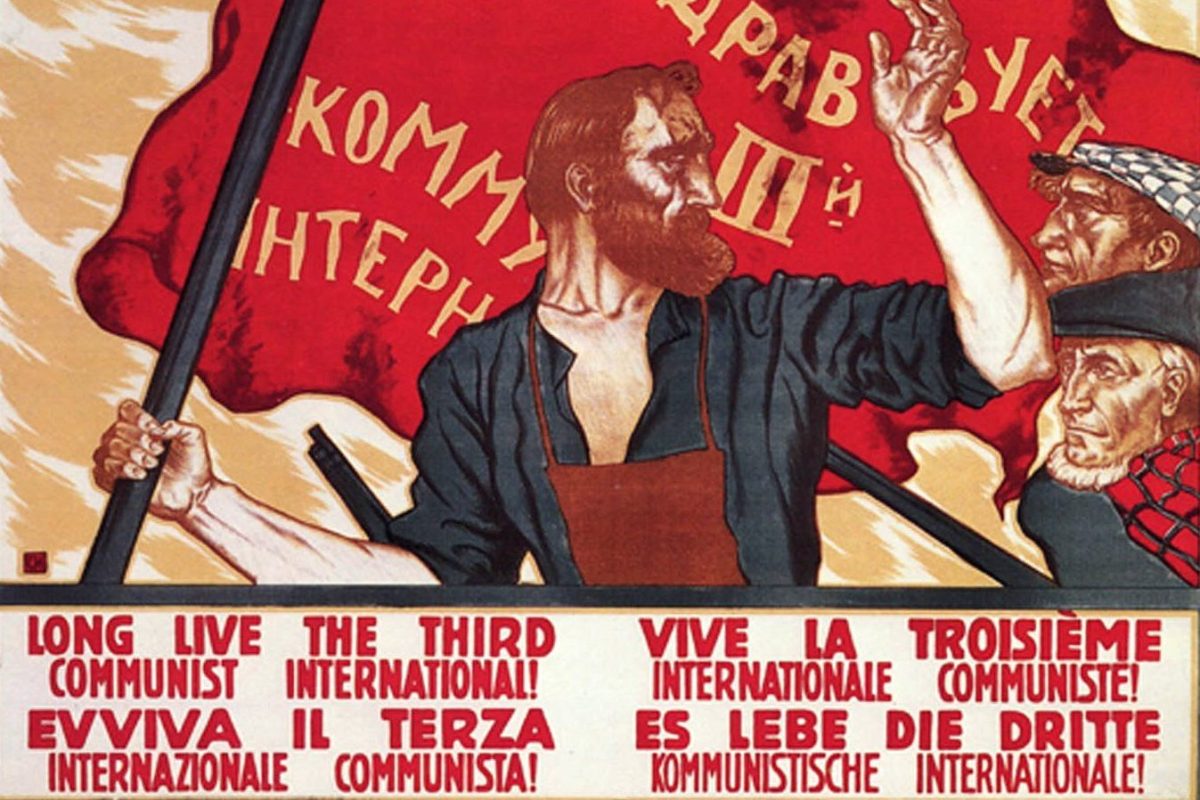Fannie Mae and Freddie Mac sound like two characters
out of the old West – with her in a gingham dress and him in a check shirt. But
Fannie Mae is the Federal National Mortgage Association and Freddie Mac is the
Federal Home Mortgage Corporation. They’re both in big trouble and, if they’re
in trouble, so are we.
Fannie was set up in 1938 by President Roosevelt as
part of his ‘New Deal’ to guarantee mortgages by lending money to private banks,
which were effectively broke as a result of the Great Depression. It was
privatised in 1968. Freddie was set up in 1970 as another mortgage guarantee
outfit.
 Fannie’s shares have fallen by 38% in a few days last
Fannie’s shares have fallen by 38% in a few days last
week as panic set in. Freddie shares lost 45% at the same time. Fannie’s shares
have lost 80% of their value over the past year while Freddie’s have gone down
86%. A third firm, IndyMac, has been effectively nationalised by Treasury
Secretary Hank Paulson. The fate of Fannie and Freddie is currently in the
balance.
Fannie and Freddie are, or were, huge. Home loans amount to about $12 trillion in
the States and more than four-fifths have recently been guaranteed by Fannie
and Freddie. Householders have been encouraged to switch to the big two as
their guarantees are seen as bullet proof. As a result the two have acquired
all the mortgages issued in the heady years at the peak of the housing bubble –
since gone to bust. Fannie and Freddie are regarded as too big to be allowed to
fail. The government quite simply cannot let them go to the wall. Whatever form
of words it uses and whatever devious plan it announces (a new word –
conservatorship – has been coined for the occasion), they will be effectively
be nationalised. Then it will be official – their shares are worth nothing.
The financial establishment has been alarmed for a
year about the sub-prime mortgage crisis. They are aware that dodgy mortgages
were sold to people who could not possibly afford them as the housing bubble
was inflated. They hoped that they could isolate this toxic waste and deal with
it over time. It is quite clear from the scale of the crisis that the poison
has entered the bloodstream of the capitalist system.
Apart from the home owner who cops it when house
prices fall? The mortgage guarantee companies. If your firm makes a living by
guaranteeing mortgages and millions of people find themselves unable to keep up
payments, as has happened in the USA over the past year, then the shares are
going to go down. As the mortgage assets evaporate and liabilities mount, then
the firm will go pear-shaped. Fannie and Freddie have lost $11bn in the past
few months.
In conditions of negative equity a mortgage guaranteed
for $300,000 may be worth only $200,000. Merrill Lynch is predicting a 30% fall
in US house prices this year. The crisis makes houses worth less but it doesn’t
make them easier to acquire. The mortgage lenders, who’ve had their fingers
burned in the sub-prime market, make it more difficult and expensive for new
buyers to put a roof over their heads. Interest rates have gone up because of
the credit crunch.
When Northern Rock experienced a run on its branches
last September, Brown and Darling hurled £55bn of our money at the bank before
finally being forced to nationalise it. By way of comparison IndyMac also saw
depositors scrambling to get their money out and racked up a deficit of $4-8trn
(£2-4trn) before Paulson moved in. This is between 2 and 4 times as much as the
losses of our fifth biggest bank. Yet IndyMac is a minnow compared with Fannie
and Freddie. How big a hole will their collapse punch in the financial system?
The big two have liabilities of $5.3trn outstanding.
This is as big as the entire US national debt, which has ballooned under Bush’s
stewardship. Taking over Fannie and Freddie would double the national debt at a
stroke.
IndyMac now has liabilities greater than its assets.
It is insolvent – bust. That is why it has been taken over. Economists like to
make a distinction between liquidity problems and insolvency. Illiquidity is
seen as a temporary cash flow problem (‘The cheque’s in the post, gov’nor,
honest.’) which is fundamentally different from insolvency, when the firm is
finished as a going concern. So far the credit crunch has been passed off as a
liquidity problem for the banks (lending just dried up) rather than insolvency
(nothing there to lend any more). Fannie and Freddie are almost certainly
insolvent, and so are big chunks of the financial system.
The crisis comes despite the hybrid nature of the
mortgage guarantors. Though privately owned and issuing shares and (until
recently) posting profits, Fannie and Freddie are government sponsored
enterprises (GSEs). The government has guaranteed that, whatever happens to the
two, the mortgages they underpin will not fall into the chasm. So Fannie and
Freddie could do business with assets covering only 2% of its mortgage
exposure. In normal times this is not a problem. We are not living in normal
times.
The two have been pushed out of their depth by the
regulators. Richard Iley, economist at BNP Paribas, predicted of Fannie and
Freddie, “They’ve played a key role in keeping the housing market afloat,
filling the vacuum created by the collapse of the private securitisation
market, which has all but disappeared. The concern is, if they continue to push
cash into the market, it will increasingly undermine their financial health and
leave them requiring more and more capital, which is probably getting harder
and harder to acquire.”
How much more capital? Professor Kyle of the
University of Maryland guesses “they probably each need about $100bn they don’t
have. So the authorities gambled that, if they loaded all the pressure on the
crisis in housing on Fannie and Freddie, and if things didn’t get any worse
they might gradually be able to pull the economy up from the hole it was in.
They have lost.
As Alan Greenspan, former head of the US central bank,
commented. “The Bear Stearns rescue has eliminated any uncertainty as to
whether the US government would stand behind the debt of Fannie Mae and Freddie
Mac.” His successor at the Fed, Ben Bernanke, will not thank Greenspan for
dropping him in it, but that was always true. Bernanke earlier had to head the
rescue of failed bank Bear Stearns. Taxpayers’ money and guarantees from the
public purse in effect gave Bear to its rival JP Morgan-Chase for a song. (See: Bear Sterns – down and out)
“This [the rescue plan] highlights the continued risk to an
already fragile financial system and brings home the point that the optimism
that the credit crunch was over, which was occurring in the past quarter, was
massively overdone,” said Glenn Maguire, chief Asia economist at Societe
Generale in Hong Kong. “It’s like a boa constrictor credit crunch, a very slow
drawn out process, slowly squeezing the life out of the market.” Ruth
Sutherland adds in the ‘Observer’ (13.07.08), “Here we are in a toxic loop
where the seizing up of the financial system has led to a plunge in house
prices and a construction slump; this will feed back into more bad debts and
more strain on the banks.”
When the sub-prime mortgage crisis broke last year
‘Socialist Appeal’ warned that this was more than ‘a little local difficulty’;
it was the beginning of a general crisis of capitalism. When the Fed hastened
to bail out Bear Stearns in the spring, the financial establishment hugged
themselves, claiming ‘the worst is over.’ This is a new, deeper stage in the
ongoing crisis. The sub-prime mortgage scandal led to the credit crunch. The
sub-prime crisis and the credit crunch pricked the house price bubble. As house
prices fell off a cliff, housebuilding collapsed. Now share markets are heading
south and one financial institution after another is under siege. There seems
no end to the unraveling.
Up till a year ago finance capital and the whizz
kids in the City were held up to us as the masters of the universe, as ‘wealth
creators.’ Now we see them as hapless bums always begging for a handout. It’s
high time to nationalise the banks.






